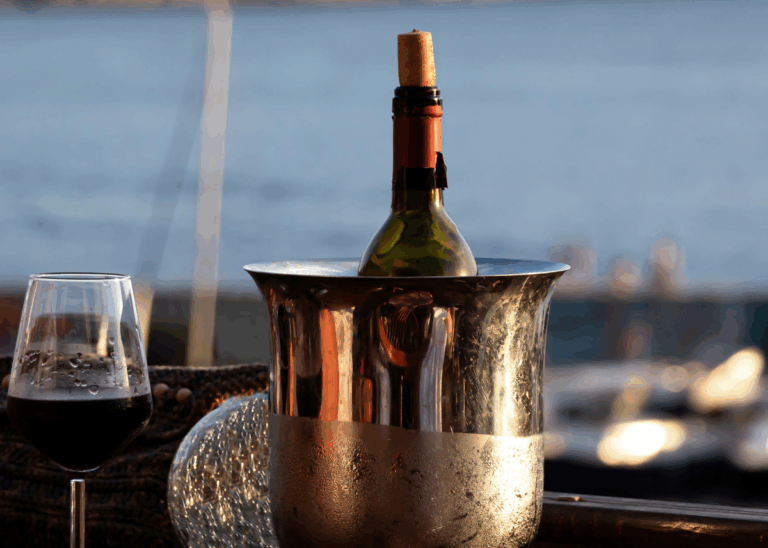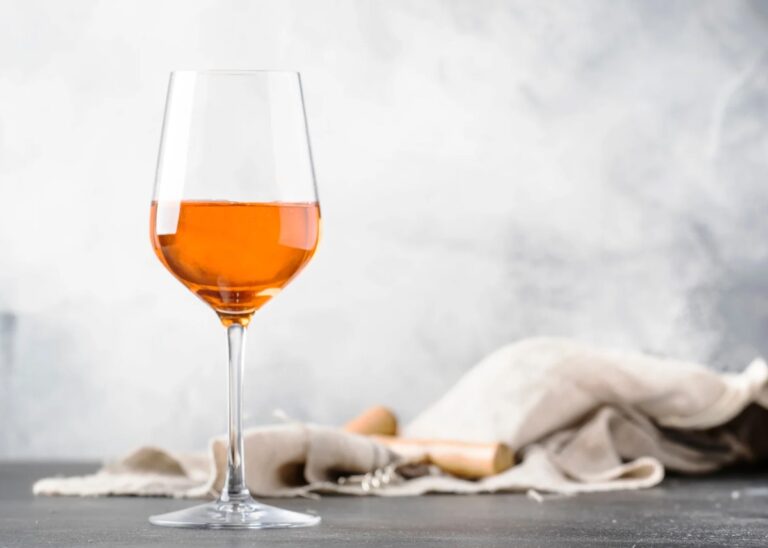[et_pb_section fb_built=”1″ _builder_version=”4.11.1″ _module_preset=”default” global_colors_info=”{}”][et_pb_row _builder_version=”4.11.1″ _module_preset=”default” global_colors_info=”{}”][et_pb_column type=”4_4″ _builder_version=”4.11.1″ _module_preset=”default” global_colors_info=”{}”][et_pb_text _builder_version=”4.11.1″ _module_preset=”default” global_colors_info=”{}”]Contents:
- “Reserve” Wines in France and the US
- Vinos “Reserva” in Spain and South America
- Vini ‘Riserva’ in Italy
[/et_pb_text][et_pb_video src=”https://youtu.be/DVvMz9yxnmw” _builder_version=”4.11.1″ _module_preset=”default” width=”75%” width_tablet=”85%” width_phone=”100%” width_last_edited=”on|phone” module_alignment=”center” global_colors_info=”{}”][/et_pb_video][et_pb_text _builder_version=”4.11.1″ _module_preset=”default” global_colors_info=”{}”]Transcript:
Hello, bonjour, and welcome to your new Bonner Private Wines video. Today I want to answer a question I get asked often and that a lot of wine people have in mind or are wondering about: what does the word reserve mean on a wine label. It’s used abundantly in the US for more expensive wines generally, but not always, and supposedly for better wines.
It’s used a little bit in France, but rarely, while it’s used in Spanish speaking countries quite a lot in Spain and South America, and it’s also very common in Italian wines. So is this related to a special winemaking technique or process, or is it pure marketing? Let’s explain.
“Reserve” Wines in France and the US
The word reserve itself etymologically comes from old French, from the word reserve, which means to put aside to set aside for a later consumption or to reserve something for really special occasions or for special people.
It’s reserved for certain uses. It makes sense in English. You understand it very well, and it does in French just the same. So in France, just like in the US, reserve wines are special wines, let’s call them that. The winery has decided to set aside for a certain reason.
But in those countries there’s no associated regulation, no obligation to do anything specific to a reserve wine more than a non reserve wine. In other words, reserve is purely marketing term and producers can bottle anything under the generic term.
In practice, though, as you know, reserve wines are generally of better quality and a higher price in a winery’s range, you’d have the standard wines entry level cheaper, then you’d have the reserve branch or the Grand Reserve or the vintners reserve made from better grapes, a little more attention to detail through the winemaking process and the winery, perhaps a little more aging in barrel as well.
So more cost costly practices to obtain a better vino overall. But generally you’d have wines even pricier than the reserves above the Reserve range like single vineyards and very special ultra premium limited edition wines, which reserve wines often aren’t. And reserve is just a fancy, prestigious term that people understand for designating better wines, even though it doesn’t represent anything specific in France.
If you see the word reserve on a label like Cuvee Reservee or Reserve Special, it’s the same thing. It’s just a name to characterize a level in the producer’s range. Elsewhere, though, reserve actually means something specific—sometimes.
Vinos “Reserva” in Spain and South America
In Spanish the word for reserve is reserva. So unlike English or Italian, if you want to pronounce it correctly, it’s got a sound reserve and a B sound for the V reserva in Spain unlike in the US or France, the designation “reserva” is strictly regulated and corresponds to a minimum aging time in oak. To use the term therefore, wineries have to mature the vineyards for a certain number of months in a barrel, and it’s controlled and enforced by local wine authorities. So it’s a law. It’s written by law.
In Spain overall, you have three levels of wine maturation in oak, the term “crianza” is for wines aged for six months in wine barrel. So half a year or a little bit of time in oak, but not very much. While Reserva is for wines aged for at least 12 months in oak, then you have the “gran reserva” or the “grand reserve” for wines aged for 18 months.
So longer than reserva. Where it can get a little bit confusing is that you have two more prestigious appellations in Spain that have longer minimum required time spent in oak for the same terms. That’s a region of Rioja and Ribera del Duero, two of two of the best appellations for red wines in Spain. Crianza there is for 12 months in barrels and 12 months in bottle before release, Reserva for 12 months in barrels and 24 months in bottle, gran reserva for wines aged for at least two years in barrels and three years in the bottle.
So it gets a little bit confusing with numbers and ages. But what you have to remember is that I said about wines in Gran Reserva correspond to much longer time spent in oak, and to achieve this, to achieve the right balance with so many months spent in oak, you have to have as a winemaker, better wines, bigger body, bigger tannins to start with because they’re going to spend longer in oak.
So the Reserva wines are denser to start with and they get more oak influenced, so they’re better wines and wineries do have to spend the money, better grapes, more oak, more time spent at the winery to make Reserva Wines. Now in South America, where they also speak Spanish, the term Reserva is also used, but there is no associated regulations and it’s very much like in the US.
It’s just marketing, just a meaningless word written on the label. In Chile and Argentina I’d say it’s even used more loosely sometimes than in the US. Not always. Some wineries use the term reserved for their best. Excellent wines, but some bodegas stick the word reserva on even entry level wines and labels. As an example, the biggest wine producer in Chile called Concha y Toro makes a huge global brand of wines called Casillero del Diablo, of which they make and sell tens of millions of bottles all around the world, and it has the mention, it’s called “Reserva” on the label, even though it’s more of a bottom shelf $10 type of wine, it’s their supposedly reserva cabernet, even though it’s really cheap.
Vini ‘Riserva’ in Italy
Finally in Italy the word reserva is pronounced “riserva” and there too the term corresponds to an actual minimum legally required time of aging before the bottles are sold.
So it’s controlled. The difference with Spain is that it doesn’t have to be aged in actual oak barrels. It can be aged in larger oak vats, which gives less oaky flavors because Italians have traditionally used oak vats more than barrels for a more controlled oak influence. But it’s essentially, again, time spent maturing at the winery in a wooden container, vat, or a barrel.
Again here wineries not only age these wines for longer, but the wines being more expensive, the riservas, they use the best vineyards and the best grapes to make the riserva wine. So they generally are better and more concentrated and more expensive wines. Now the term riserva is used only in some of the best and most famous appellations in Italy.
It’s not something you find everywhere because it has to be controlled. So some of the top appellations in Italy, like the famous Chianti, obviously in Tuscany. So you have sometimes some wines with such a long name called Chianti Classico Superiore Riserva. Other Tuscan appellations, very prestigious, use the term Riserva like Brunello de Montalcino, Vino Nobile de Montepulciano, other areas of Spain outside of Tuscany use it as well.
Only the top appellations in Piedmont, Barolo and Marisco. You have also in Veneto, around Verona, the beautiful city of Verona, and you’ll find Amarone della Valpolicella also used the term Riserva, so a few very specific high end wines in Italy use Riserva and a few other small ones as well. Then I’m just going to skip for here.
Here you have it. Now you know everything about the terms reserve in France, the reserve in the US and English speaking countries. The reserva in Spanish speaking countries and riserva in Italy. Now you pretty much know it all. I hope you enjoy the video. Thanks for watching and I will see you soon. In the wonderful world of wine.
Cheers.
[/et_pb_text][/et_pb_column][/et_pb_row][/et_pb_section]


